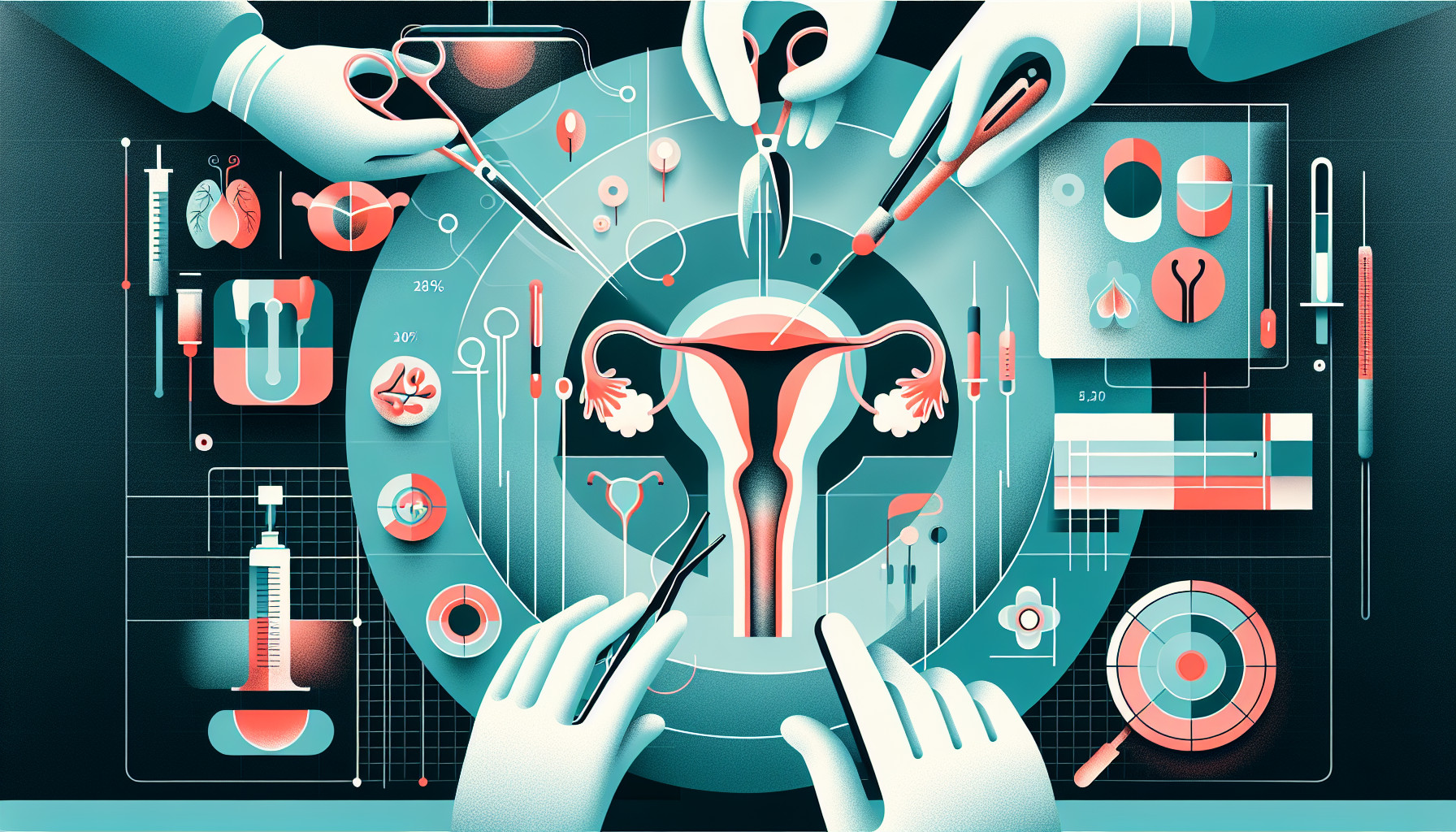Our Summary
The treatment of urethral strictures, or narrowing of the urethra, has advanced rapidly in the past 30 years. We’ve moved from simply dilating the urethra to reconstructing it. The use of buccal grafts (tissue taken from the mouth) has improved outcomes of urethroplasty (surgery to repair the urethra). The Barbagli’s dorsal onlay method has become popular worldwide for managing strictures. Kulkarni introduced a one-step surgery for panurethral strictures, or strictures that affect the entire urethra. We have progressed from methods that cut, or transect, the urethra to methods that don’t. This article discusses the various improvements in urethral reconstruction over the last decade.
FAQs
- What is urethroplasty and how has its management evolved over the past few decades?
- What impact have buccal grafts had on the outcomes of urethroplasty?
- What is a single-stage surgery for panurethral stricture as described by Kulkarni?
Doctor’s Tip
A doctor might tell a patient undergoing urethroplasty to follow post-operative care instructions carefully, including keeping the area clean and avoiding strenuous activities that could put strain on the surgical site. They may also recommend regular follow-up appointments to monitor healing progress and address any concerns or complications that may arise. It is important for the patient to communicate openly with their doctor and ask any questions they may have about the procedure and recovery process.
Suitable For
Patients who are typically recommended urethroplasty are those with urethral strictures that are causing significant symptoms such as difficulty urinating, decreased urine flow, urinary retention, recurrent urinary tract infections, or urinary incontinence. Urethroplasty may also be recommended for patients with complex or long segment strictures that have not responded to less invasive treatments such as urethral dilation or urethrotomy. Additionally, patients with recurrent strictures or those with failed previous urethral surgeries may also be candidates for urethroplasty.
Timeline
Before urethroplasty:
- Patient experiences symptoms of urethral stricture such as difficulty urinating, weak urine stream, frequent urination, and urinary retention.
- Patient undergoes various diagnostic tests such as urethroscopy, urethral ultrasound, and uroflowmetry to confirm the presence and severity of the stricture.
- Patient may undergo urethral dilation or urethrotomy as temporary solutions to relieve symptoms.
After urethroplasty:
- Patient undergoes urethroplasty surgery to reconstruct the narrowed or scarred urethra using tissue grafts such as buccal mucosa or skin flaps.
- Recovery period post-surgery involves catheterization to allow the urethra to heal properly.
- Patient may experience temporary discomfort, swelling, and urinary symptoms post-surgery.
- Follow-up visits are scheduled to monitor the healing process and assess the success of the urethroplasty.
- Patient experiences improved urinary function and relief from symptoms of urethral stricture after successful urethroplasty surgery.
What to Ask Your Doctor
- What is the success rate of urethroplasty for my specific type of urethral stricture?
- What are the potential risks and complications associated with urethroplasty?
- What is the recovery time and expected outcomes after urethroplasty?
- Are there any alternative treatments to urethroplasty that I should consider?
- Will I need to follow any specific post-operative care instructions after urethroplasty?
- How many urethroplasty procedures have you performed and what is your success rate?
- Will I need any additional tests or evaluations before undergoing urethroplasty?
- What is the likelihood of needing additional surgeries or treatments in the future after undergoing urethroplasty?
- How long will the effects of urethroplasty last in terms of relieving symptoms and improving urinary function?
- Are there any lifestyle changes or modifications that I should consider after undergoing urethroplasty?
Reference
Authors: Kulkarni S, Joshi PM, Bhadranavar S. Journal: Med J Armed Forces India. 2023 Jan;79(1):6-12. doi: 10.1016/j.mjafi.2022.12.002. Epub 2022 Dec 19. PMID: 36605341
